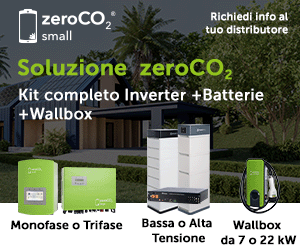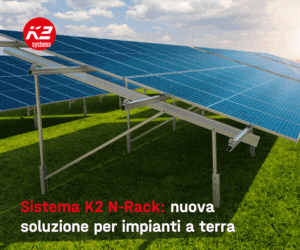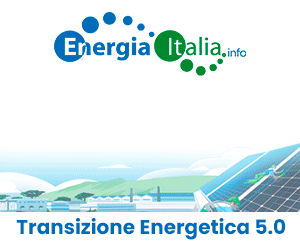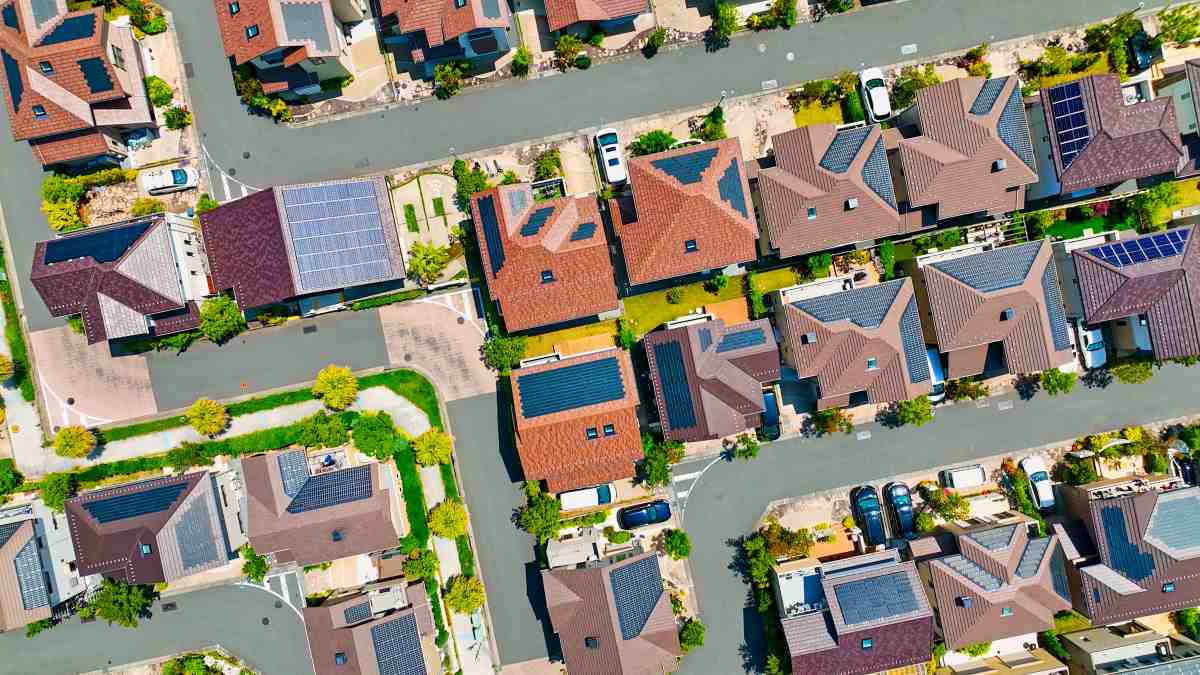After the end of the Conto Energia feed in tariff, Italian PV market did shrink. But thanks to a tax credit for residential customers and to the high retail cost of electricity he economics are there for keeping up PV demand, even under grid-parity. We talked about it Josefin Berg, Senior Analyst, Solar Power at IHS
How was 2014 for the Italian PV industry and how do you expect 2015 to be?
 We acknowledge that there is a lot of uncertainty on the true market size of Italy. We have seen grid-connection data reporting less than 400 MW. Based on shipments to the Italian market, however, IHS thinks that Italy can have installed as much as 800 MW in 2014, which is still a radical decline from 2013. The market will decline further to 700 MW in 2015, as the Conto Energia program is now fully over. The revised incentives for PV under the Conto Energia, and the addition of grid fees to projects, have damaged investor confidence in the market. Yet, we don’t believe that this will have a major impact to PV systems for self-consumption via net-metering and the SEU. The increase of net-metering to 500 kW is also a positive signal for 2015. Our calculations show that with the current tax-credit, the payback for a self-consumption PV system can be four to seven years. So the economics are there for keeping up PV demand under grid-parity. Yet, consumer behavior is not always rational.
We acknowledge that there is a lot of uncertainty on the true market size of Italy. We have seen grid-connection data reporting less than 400 MW. Based on shipments to the Italian market, however, IHS thinks that Italy can have installed as much as 800 MW in 2014, which is still a radical decline from 2013. The market will decline further to 700 MW in 2015, as the Conto Energia program is now fully over. The revised incentives for PV under the Conto Energia, and the addition of grid fees to projects, have damaged investor confidence in the market. Yet, we don’t believe that this will have a major impact to PV systems for self-consumption via net-metering and the SEU. The increase of net-metering to 500 kW is also a positive signal for 2015. Our calculations show that with the current tax-credit, the payback for a self-consumption PV system can be four to seven years. So the economics are there for keeping up PV demand under grid-parity. Yet, consumer behavior is not always rational.
Latest IHS report forecasts 775 MW of PV+storage to be installed worldwide. Is Italy an interesting market?
IHS forecasts storage to gain traction by mid-2015 as energy storage systems are now permitted to be installed, without the loss of the solar feed-in-tariff. The grid-scale battery market is to develop first, with batteries accounting for 120 MW of Grid-Scale Energy Storage Systems either in operation or in the pipeline. The residential battery market will grow at a more moderate pace, with Germany installing more in the period 2014-2018 than what Italy will install in 2018.
Who do you expect be the customers for Italian PV in 2015? homeowners? which kind of commercial and industrial activities?
The main customers for PV in Italy in 2015 will be homeowners and commercial businesses such as supermarkets. The high competition among installers makes Italy a tough market to succeed in.
New business models, such as those based on third party ownership, are helping the growth of residential PV in some markets, such as the US. Which are the more interesting among these business models? Could they play a role also in the Italian market?
From our experience and analysis, third party ownership is only attractive in markets where there is a clear incentive for the investor, such as the investment tax credit in the US, or the attractive FIT rates in the UK. In a grid-parity market, where the revenue is the electricity savings of the consumer, the margins for a third party investor are not as attractive. What we could expect in Italy in the future is PV being installed as part of overall energy service contracts to lower the energy bills of industrial and commercial consumer.
Did you notice some changes in utilities attitude towards PV: is there a chance traditional energy companies could be new competitors in the rooftop PV market?
In Europe, utilities are facing the challenge to adopt new business models. Many are looking at how to embrace PV instead of fighting against distributed generation. One example is E.ON’s partnership with Sungevity in the Netherlands.


























.gif)







